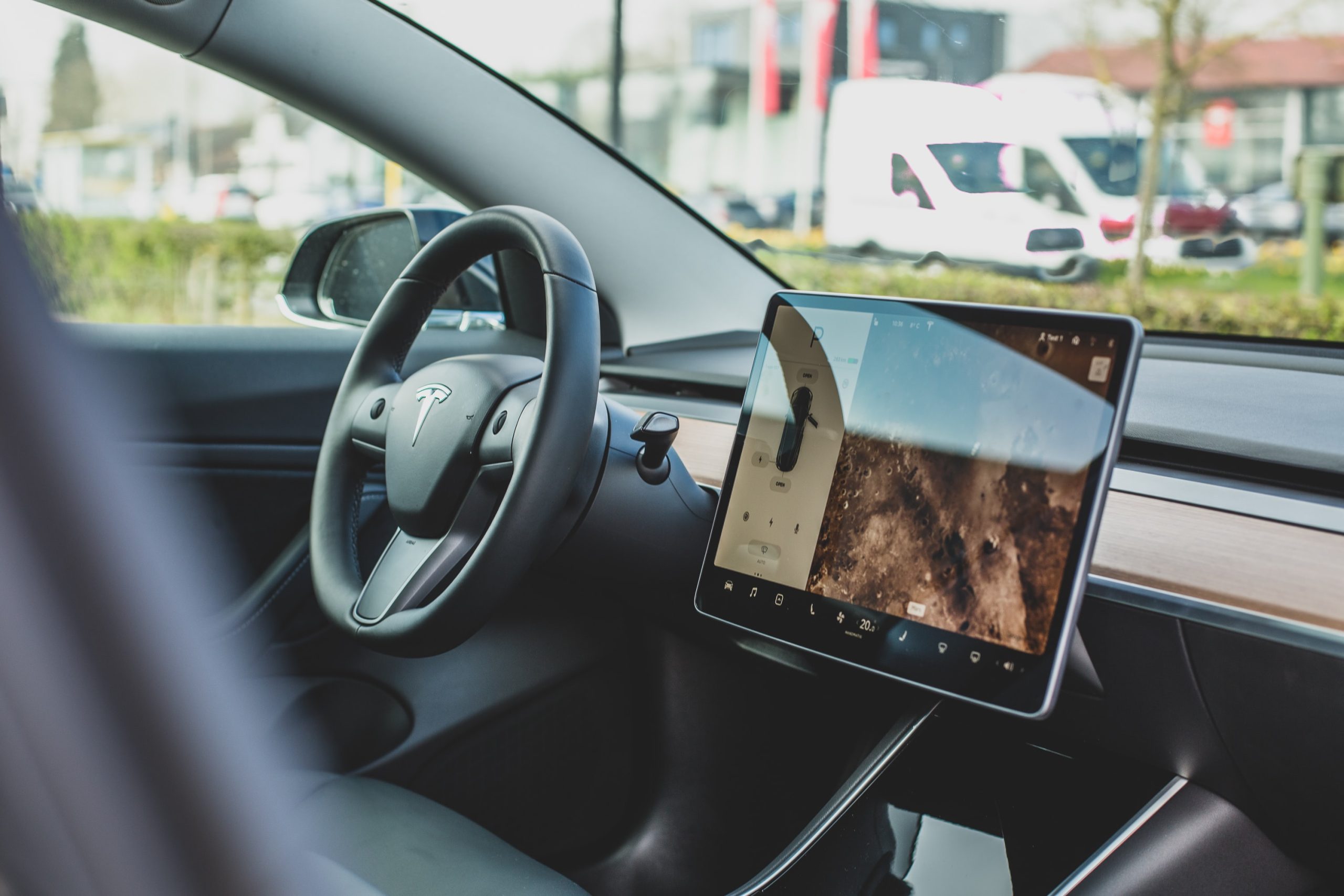Autonomous vehicles or partially autonomous vehicles are becoming increasingly prevalent on our roads as the technology improves and popularity grows.
There are five (5) levels of classification for Autonomous driving and they are:
Level 0: No Automation At this level, the vehicle is entirely controlled by the human driver, with no automated systems in place.
Level 1: Driver Assistance At this level, the vehicle has some automated systems in place to assist the human driver, such as cruise control or lane departure warning.
Level 2: Partial Automation At this level, the vehicle has two or more automated systems in place that work together to assist the human driver. Examples of this level of automation include Tesla’s Autopilot system or General Motors’ Super Cruise system.
Level 3: Conditional Automation At this level, the vehicle is capable of operating autonomously in certain situations, but still requires a human driver to be present and ready to take over control of the vehicle if necessary.
Level 4: High Automation At this level, the vehicle is capable of operating autonomously in most situations, with the human driver only required to take over control in rare circumstances, such as in severe weather conditions.
Level 5: Full Automation At this level, the vehicle is capable of operating autonomously in all situations, with no human driver required.
Most consumer available vehicles are operating at level 2 at the time of this article (March 2023) and this raises the question of who is at fault in the event of an accident involving autonomous driving systems?
The most popular Electric Vehicle and Autonomous Software manufacturer in Australia is currently Tesla, who have been at the forefront of the autonomous driving revolution, with its Autopilot system offering advanced driver assistance features such as automatic lane-keeping assistance, adaptive cruise control, red light detection, speed limit detection, the ability to maintain a safe following distance and apply emergency braking if necessary.
According to Tesla’s quarterly safety reports, which are published on the company’s website, there have been a total of 9 accidents per million miles driven in Tesla vehicles equipped with Autopilot as of the end of 2021. This is compared to the national average of 36 accidents per million miles driven for all vehicles in the United States, according to data from the National Highway Traffic Safety Administration (NHTSA). This makes Tesla’s Autopilot 4 times safer than a human driver statistically.
In Queensland, determining liability in the event of an accident involving an autonomous vehicle can be a complex and nuanced process. While traditional accidents are often caused by human error, environmental factors or mechanical issues, accidents involving autonomous vehicles may be the result of existing factors, or additionally software failure.
If an autonomous vehicle breaches traffic law in Queensland, the responsibility for the violation may be assigned to the human driver responsible for supervising the vehicle. While the autonomous driving system may be capable of making decisions and taking action on its own, the human driver is ultimately responsible for ensuring that the vehicle operates safely and in accordance with all traffic laws and regulations. The human driver is required to intervene if the driving system is going to perform an unsafe action or breach the law.
Ultimately, the determination of liability in an accident involving an autonomous vehicle in Queensland will depend on a number of factors. It’s important for all parties involved in the development, operation, and regulation of autonomous vehicles to work together to ensure that these vehicles are operated safely and in accordance with all traffic laws and regulations. By doing so, we can help to minimize the risks associated with these vehicles and maximize their potential safety benefits.
If you have had an accident in a vehicle involving autonomous driving systems contact the team at Final Law for a free consultation!




